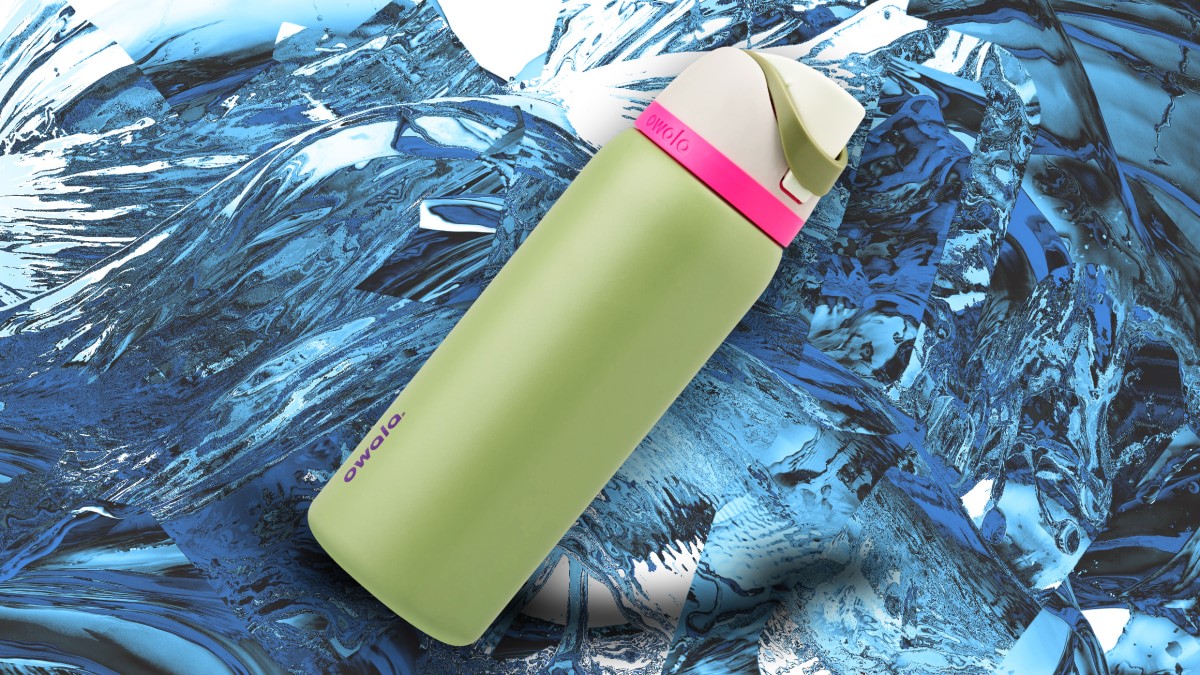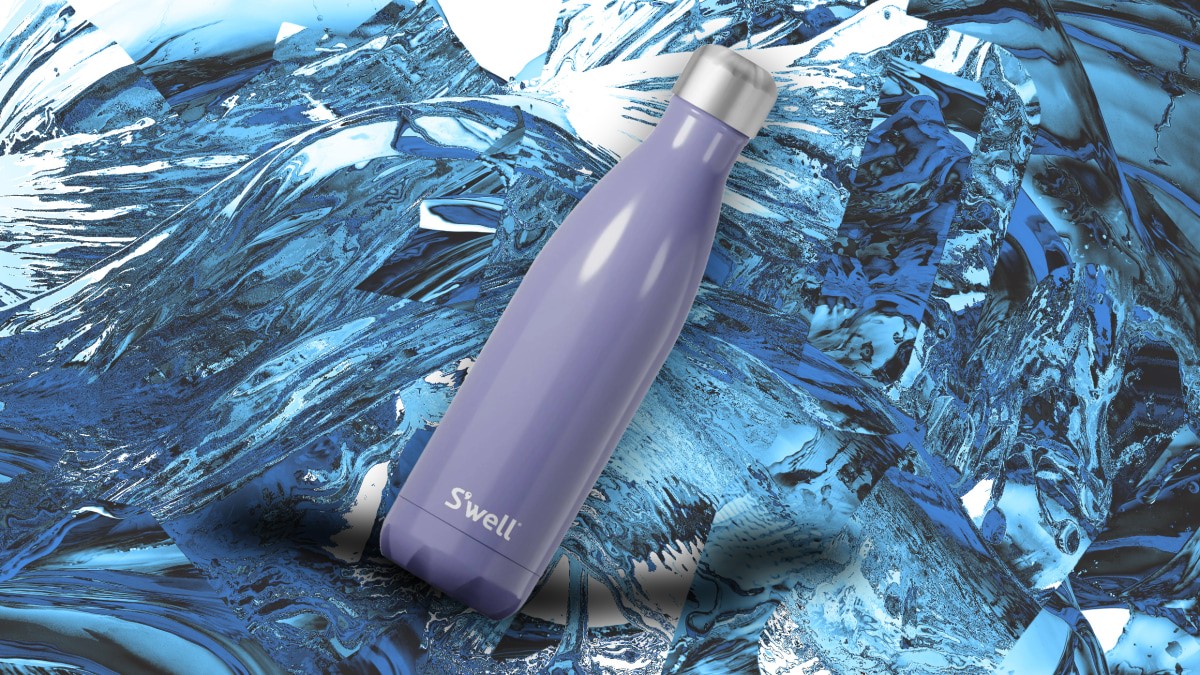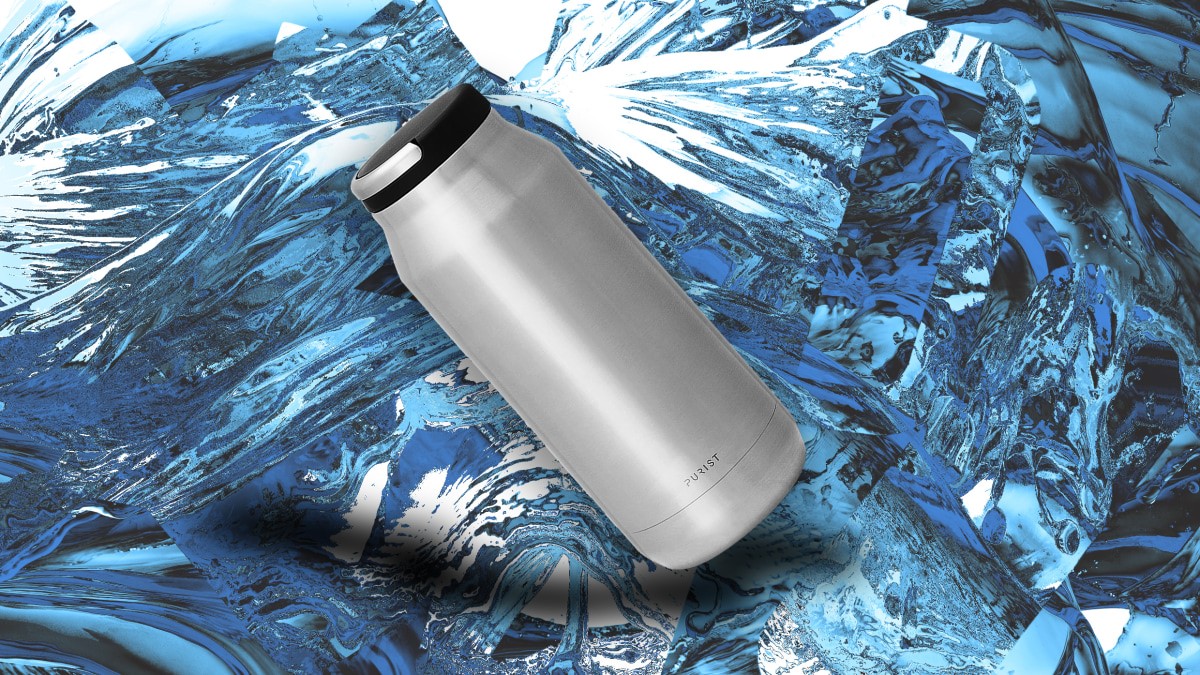Americans have long had a love affair with the reusable water bottle. But this year, our relationship with these vessels has morphed into something more akin to an obsession.
Consider the fixation with the Stanley tumbler. When the brand recently launched $45 limited-edition pink cups for Valentine’s Day, hoards of people stampeded Target and Starbucks to snag one. In middle schools, owning Stanley bottles has become a new form of social currency among girls. All of this has led Stanley’s revenues to skyrocket from $73 million in 2019 to an estimated $750 million in 2023.
Stanley is just the latest in a long line of water bottle brands that has come in and out of vogue. We’ve cycled through Nalgene, Camelbak, Klean Kanteen, S’well, Hydro Flask, and Yeti, just to name some of the greatest hits. The reusable water bottle sector is now worth just shy of $9.3 billion and is set to grow to $12.7 billion by 2032. But we don’t need the numbers to tell us the market is booming: Most of us don’t think twice before buying the cool new bottle, even though our cupboards are already overflowing with older versions.
Stanley may be grabbing the headlines, but other brands are currently working to knock it off its pedestal. One contender could be the upstart Owala, which launched in 2020 and was the top-selling bottle on the market last year (though not the top-selling tumbler, which is distinguished by its wide-mouth top), according to the market research firm Circana. Besides being named one of Time‘s best inventions of the year in 2023, writers at New York and Bon Appétit magazines gushed with such superlatives as, “best drinking vessel on planet Earth.” Already, limited-edition Owala colors sell for $400 on secondhand markets.

Across the internet, everyone is trying to wrap their heads around why water bottles have transformed from a utilitarian receptacle into an object of desire. I have some ideas.
To understand the current boom in water bottles, we need to go back a decade, when the industry stopped targeting men with utilitarian bottles to bring on outdoor adventures and blue-collar jobs. Instead, S’well pioneered a new approach of pitching bottles to women as fashionable yet eco-friendly accessories—a playbook that other brands have copied. Fast-forward to 2024, and the fashion industry is now under attack for accelerating the climate crisis. In this context, the reusable bottle is one of a few seemingly, virtuous, sustainable purchases that allow people to feel the dopamine hit of consumption without guilt.
Stanley has deployed this strategy effectively, but it’s not the only one that can play this game. Other brands are now ramping up their efforts to be the next It water bottle.
The Bottle As a Fashion Accessory
On TikTok, young women post their enormous collections of Stanley tumblers that come in a wide range of pastel colors and feminine patterns. Why would anyone need so many bottles, especially from a brand that touts how long-lasting and durable its products are? The answer, it seems, is fashion. Coordinating your bottle with your outfit has become a way to assert your social status.
Sarah Kauss pioneered this idea when she launched S’well in 2010. At the time, she acknowledged that the market was crowded with bottles, but none were particularly attractive to look at. So she designed a bottle with a pleasingly curvaceous shape and pitched it to a new audience concerned not with functionality, but with style. “There wasn’t anything like a fashion accessory,” Kauss said on the How I Built This podcast. “It really needed to catch your eye and be beautiful.”

S’well bottles were a hit. Kauss managed to get the products into glossy women’s magazines including Vogue, and began designing them in a wide array of feminine colors. Within six years, the brand was making $100 million in annual revenue. The success inspired other water bottle brands, such as Hydro Flask, to follow suit and target women.
It’s ironic that Stanley has become a hit with young women because it is one of the last water bottle brands on the market to target them directly. Stanley was founded 110 years ago and helped invent the insulated vacuum bottle that keeps beverages hot and cold. But from the start, it marketed itself as a rugged brand, popular with outdoorsmen and construction workers.
It had no plans to change course, but a trio of influential women at a recommendation blog called The Buy Guide convinced Stanley to begin paying attention to female consumers. Ashlee LeSueur, cofounder of the blog, first stumbled across the Stanley Quencher tumbler in 2017, liked its design, and began recommending it to readers, who were largely mothers. She eventually got a meeting with a sales associate at Stanley, and argued that the brand should be marketing its bottles to women and launching more female-oriented colors.
The brand wasn’t convinced. “Some of the executives had a really difficult time imagining a more female-leaning color palette on the Stanley products,” LeSueur said on The Journal podcast. “[Stanley] had developed a very strong, very reputable brand over a hundred years. That hashtag #StanleyStrong was really important to them, and they didn’t want to do anything that they felt would compromise the strength of that brand identity. So it did take some convincing.”
Then, in 2020, Stanley hired Terence Reilly as brand president. He had spent the previous five years at Crocs, helping to transform the ugly shoe into a viral sensation and a footwear juggernaut. LeSueur’s perspective made a lot of sense to Reilly, and the company began partnering with female social media influencers and launching limited-edition colors. The new strategy worked.
Great Design Wins
Aesthetics alone have never been enough to drive a reusable water bottle’s success. Brands also need to keep innovating to develop products that perform well and offer a better drinking experience. And brands that don’t have struggled. Nalgene, for instance, stubbornly refused to reengineer its plastic for a long time, even when it became clear that it contained a toxic chemical called BPA. Klean Kanteen straws make a whistling noise when drinking that many consumers find off-putting.
Meanwhile, more innovative brands are trying to rethink the bottle-drinking experience from the ground up. Owala, for instance, has created an award-winning new bottle concept called the FreeSip. “On the surface, you’d think there was nothing more basic than drinking water from a bottle,” says Michael Sorensen, CEO of Trove Brands, Owala’s parent company. “But we really believe that there are still ways to make it better.”
As Owala’s product development team studied consumer behavior, they discovered that consumers fell into two camps when it came to drinking from a bottle. Some liked sipping from a straw; others liked pouring the water into their mouth. So the brand developed a new drinking system that combines both approaches into a spout that is also connected to a straw. This means that you can sip from the straw when you’re in the car; but if you want to drink water faster at the gym, you can tip the bottle and drink from the spout. “By creating a hybrid, we’re able to capture more of the market,” says Sorensen, who previously had been Trove’s VP of marketing. “But it also means that a customer can choose the way they drink at any given moment, which is not something they could do before.”
The bottle has gotten rave reviews from recommendation sites, but Sorensen realized that Owala also needed to compete aesthetically. So the brand created a unique look, which combines different hues in a single bottle, like a violet body, with a neon yellow top, and a blue handle. The aesthetic stands out from other brands on the market, which tend to be monochromatic. “Our initial colorways scared everyone at the company because they were so different from what was out there,” says Sorensen. “A major retailer told us they didn’t want it because the colors seemed juvenile. But we leaned into that as a sign that we probably had something disruptive here.”
Owala was right. To many consumers, the colors were fun and lighthearted. And now, on social media, Sorensen says Owala’s wild colorways have come to represent self-expression.

The Sustainability Argument
The water bottle market is poised to continue growing. And there are many other brands bubbling up, trying to win over consumers, including Takeya, Purifyou, and Purist. All the competition is leading to aggressive marketing efforts to try to get us to buy yet another water bottle, even when we have many perfectly good ones already. This overconsumption is bad for the planet—and brands are contributing to the problem by creating limited-edition colors, which capitalizes on consumers’ FOMO.
From the start, water bottle brands have argued that they’re in the business of saving the planet. Nalgene, which launched in 1949, marketed products to campers and aligned itself with the Leave No Trace movement, which urged people not to litter while camping or hiking. And even though Kauss was focused on the aesthetics of the S’well bottle, she made sustainability part of the brand’s mission.
Today, all reusable brands make some kind of environmental claim: They argue that using a bottle means not buying a single-use plastic bottle, which takes raw materials to make and could end up in a landfill, where it will sit for hundreds of years since plastic doesn’t biodegrade. Owning dozens of bottles that pair with your outfit of the day is not a sustainable solution; after all, it takes far more resources to create a vacuum-insulated stainless steel bottle than it does to create a single-use bottle. And when we eventually get bored with a water bottle, it’s likely to end up in a landfill, since few are recyclable. The hard layers of plastic in the bottle will not biodegrade while the stainless steel will languish and go to waste.
Sorensen, Trove’s CEO, acknowledges that consumers are going through a lot of bottles. He says Owala is currently working on recycling systems to allow customers to send them back when they’ve reached the end of their life. But ultimately, be believes the bottles are doing more good than harm. “It’s not like people throw away their last one when they get a new one,” he says. “They rotate them, akin to a piece of clothing in their wardrobe. And by doing so, they’re not using thousands of single-use plastic bottles.”
(75)